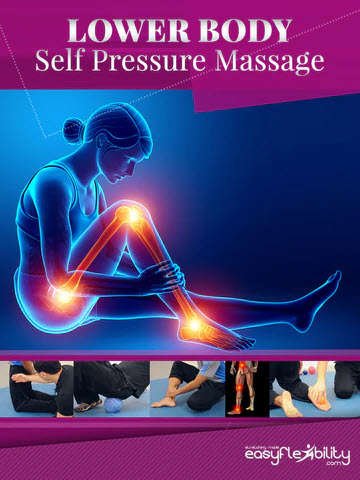The Injury Triangle in Hiking and Backpacking

I was first introduced to the science of hiking and backpacking in college, thanks to one of my professors who was passionate about the subject. He often used hiking as a context for teaching various concepts, including techniques, biomechanics, physiology, and kinesiology related to the activity. He also extended invitations to his students for hiking and backpacking adventures. I was fortunate enough to accept one of these invitations, which turned out to be a highly educational experience.

Exploring the Science of Hiking and Backpacking Injuries
My journey into the science of hiking and backpacking began in college, thanks to a professor who was deeply passionate about the outdoors. He frequently used hiking as a framework to explain various concepts, from techniques and biomechanics to physiology and kinesiology. His enthusiasm extended beyond the classroom, inviting students on his own hiking and backpacking trips. I seized the opportunity to join one, and the experience was incredibly enlightening.
Diving into the Triangle of Hiking and Backpacking Injuries
In this discussion, I aim to delve into the triangle of hiking and backpacking injuries, a concept that highlights three interconnected elements:
- Tightness
- Weakness
- Fatigue
Assuming optimal technique, appropriate gear, sufficient nourishment, and a positive mindset, we focus on these three interlinked factors. Each one can influence the others, and any single factor—or a combination of all three—can significantly contribute to non-accidental injuries in hiking and backpacking.

Addressing Muscle Weakness
The first point of the triangle is muscle weakness, which doesn't necessarily imply an inability to perform basic movements like lifting an arm or a leg. Rather, it refers to the lack of strength in muscles within specific ranges of motion. Take, for instance, ascending a mountain or hill. Your plantar flexors may perform adequately on flat ground, but as the incline increases, they might not possess the strength needed for that specific range if they haven't been conditioned for it.
Muscles that lack strength will fatigue more rapidly than their stronger counterparts, leading to stiffness. This illustrates the direct link between muscle weakness, increased tightness, and accelerated fatigue.
When muscles are compromised by any of these factors and fail to apply force effectively, the body starts to rely on ligaments for support, a situation often described as "hanging on the ligaments." While ligaments can indeed support joints, they're also more susceptible to injuries if muscles aren't adequately protecting and stabilizing the joints.

Exploring the Role of Fatigue
Fatigue represents another crucial angle of the injury triangle. Without adequate endurance training, your strength will inevitably diminish over time. Similarly, a lack of endurance conditioning can lead to increased muscle stiffness. This demonstrates how each element of the triangle can impact the others, with fatigue playing a significant role in influencing both muscle strength and flexibility.

Addressing Tightness
Lastly, we delve into tightness. While navigating flat surfaces and urban landscapes might pose no challenge, venturing onto trails introduces a demand for flexibility in the foot and ankle joints that may go unnoticed. This includes the need for plantar flexion, dorsiflexion, inversion, and eversion.
Flexibility becomes equally crucial in the glutes and adductors when lifting your legs to step over obstacles or ascend a hill, as well as in the hip flexors for taking long strides. Additionally, the muscles on the outside of your hip, the abductors, may require flexibility when walking on narrow paths with a staggered stance.
Tightness not only leads to rapid muscle weakness due to increased energy consumption by the muscles but also contributes to fatigue. This illustrates how tightness can swiftly impact muscle strength and endurance, completing the interrelated triangle of factors that influence physical performance and susceptibility to injury.
Compensation Strategies
Compensation involves leveraging one of these three aspects to offset deficiencies in the others:
- A flexible individual may partially offset weaknesses and fatigue.
- Someone with high endurance may be able to somewhat mitigate the effects of weakness and tightness.
- A person possessing significant strength can, to a degree, counterbalance tightness and fatigue.
However, it's crucial to recognize that if any one of these components is lacking, it will inevitably affect the other two. This interdependence underscores the importance of a balanced approach to developing flexibility, endurance, and strength to maintain optimal physical performance and prevent injury.

Discovering Off-Trail Training
The value of off-trail training became clear to me during my first hiking adventure with classmates, a professor, and some of his friends. In my twenties, witnessing my professor, who was in his sixties, navigate the trails with ease and confidence was a revelation. While many of us, decades his junior, started to feel the strain, he did not.
He often shared that he hiked whenever possible, and when hiking wasn't an option, he dedicated time to training or preparing for it. His at-home regimen focused on enhancing endurance, strength, and flexibility. It's worth noting that, although strength training has become more common among hikers today, it was often overlooked in the past, with flexibility being the most neglected of the three aspects.
Incorporating Off-Trail Training at Home
Unfortunately, some people are prone to injuring more than one area, and if you have already been hiking for a while, you know what your areas are. And it's recommended that you do this off trail training 2 or 3 times a week. Investing your time into off trail training is going to help you to enjoy the hike a lot more, where you're not thinking about potential injury and just enjoying the journey.
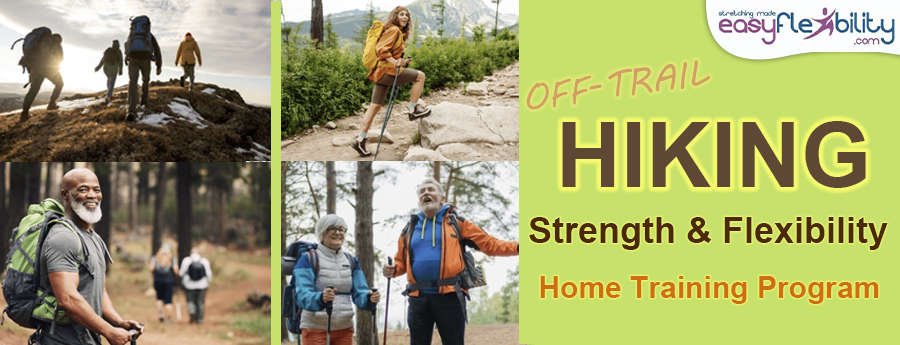
Why Flexibility Matters for Hikers:
You might wonder, "Why do I need to be flexible if I'm not a gymnast or ballet dancer?" The answer is simple. Hiking involves navigating uneven terrain, requiring your feet, ankles, knees, and hips to move beyond their usual range of motion. Increased flexibility means better protection for your muscles and joints, reduced fatigue, and a lower risk of injuries.
Our program goes beyond generic exercises. After realizing that traditional flexibility training wasn't enough, we developed hike-specific exercises that dramatically improved our hiking experiences. Whether it's enduring long treks or conquering challenging paths, our program prepares you for it all, focusing on the areas most crucial for hikers.
Join us and transform your hikes into enjoyable, injury-free adventures. Our specialized program is designed to help you explore the great outdoors with confidence, strength, and unparalleled flexibility. Start your journey to a better hiking experience today.
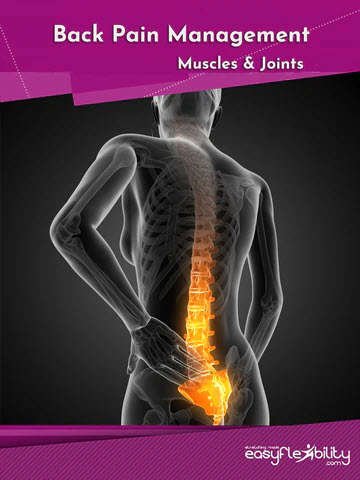
progressive program designed to eliminate or reduce back pain and prevent
future problems!
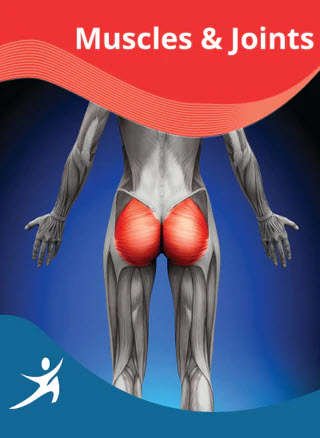
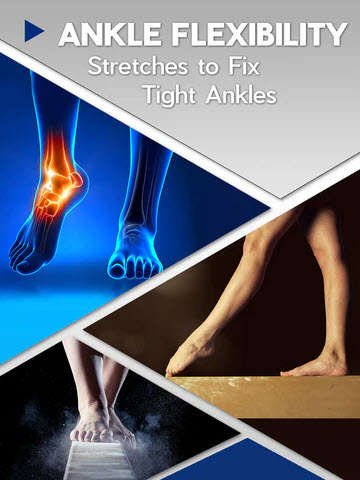
STRENGTH & FLEXIBILITY
PROGRAM
